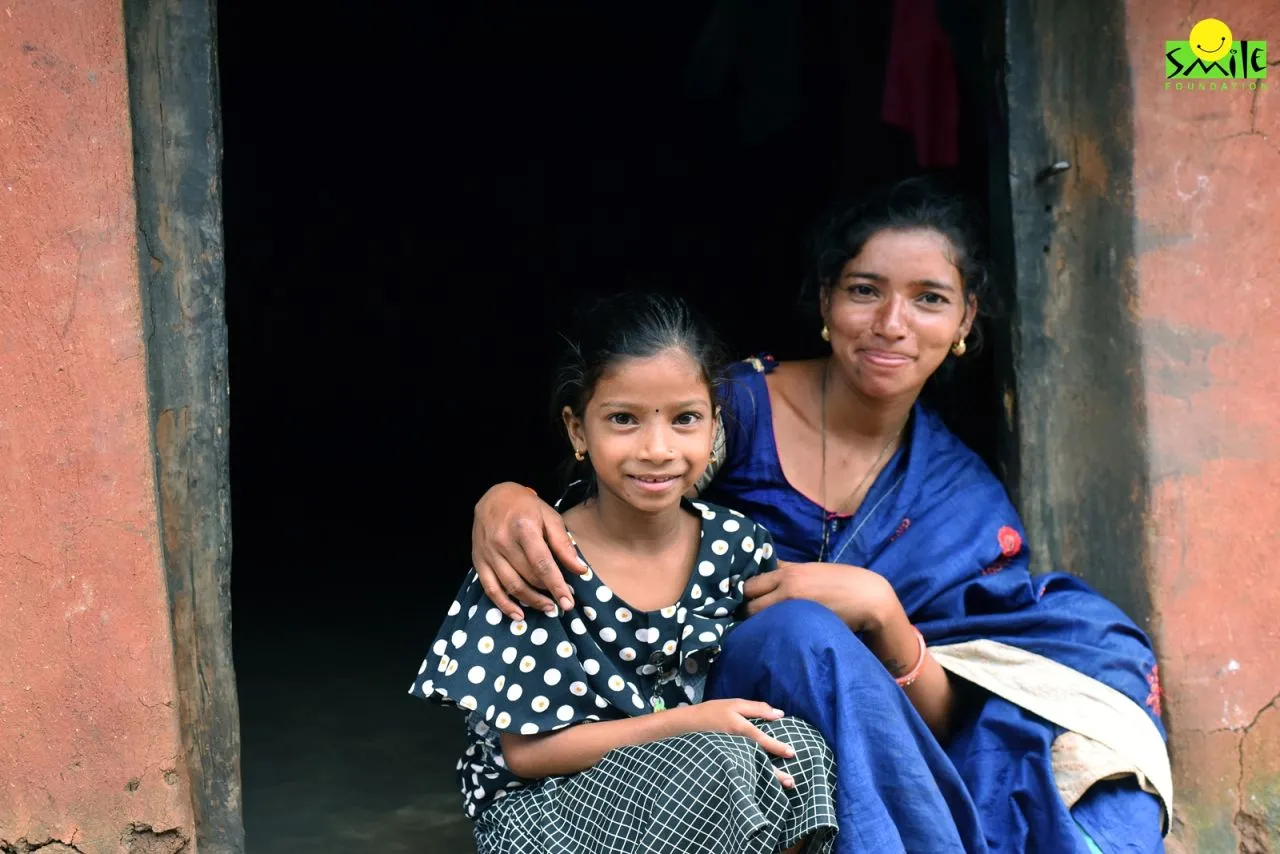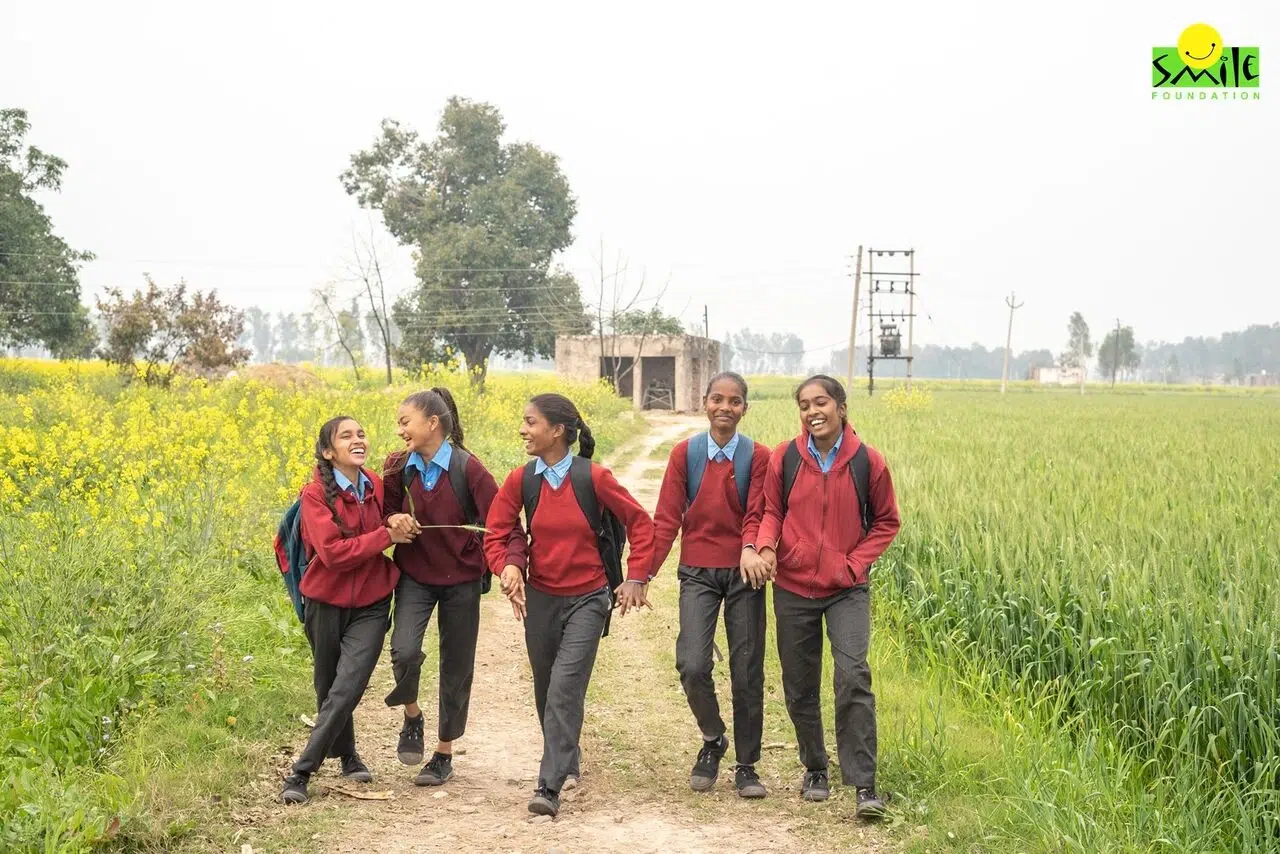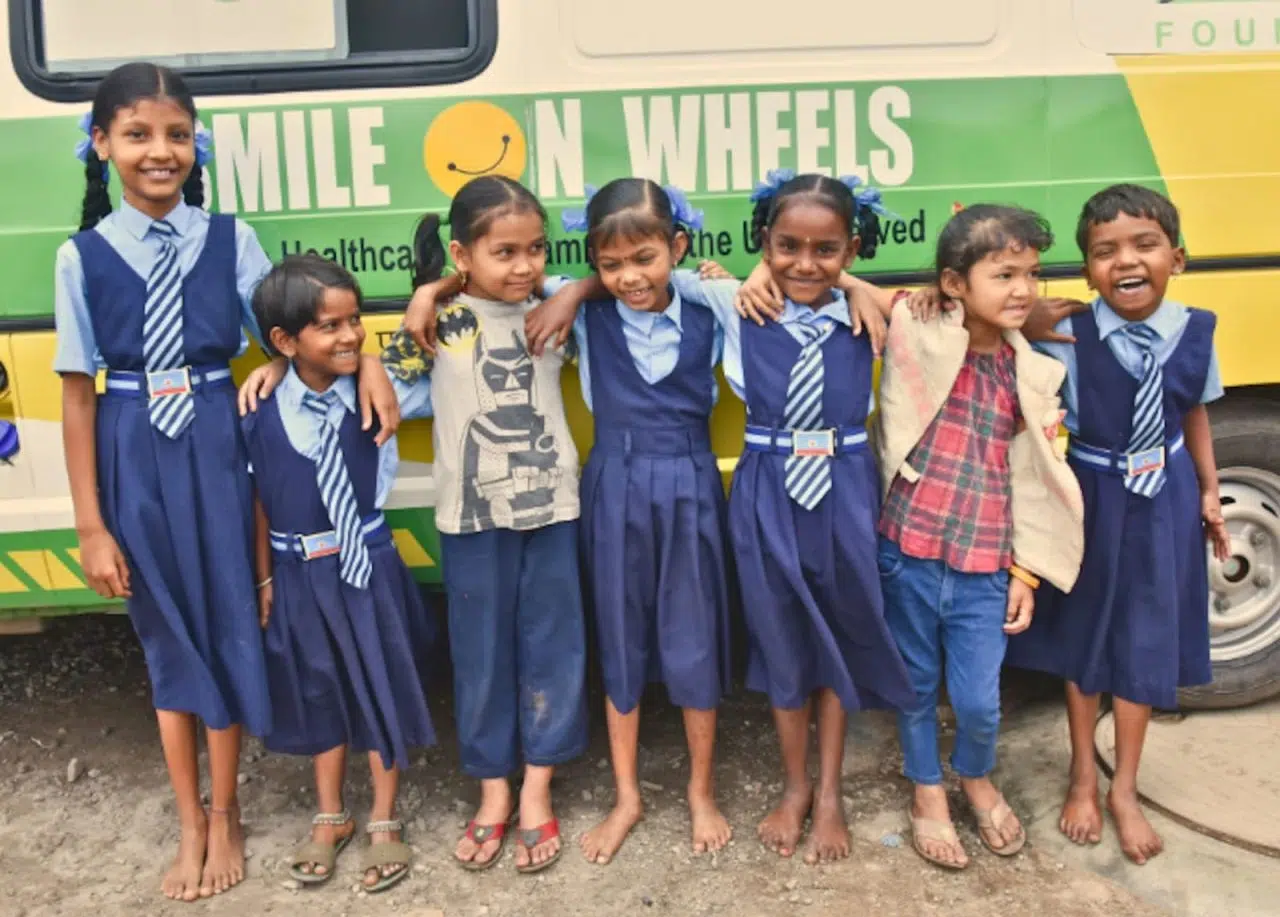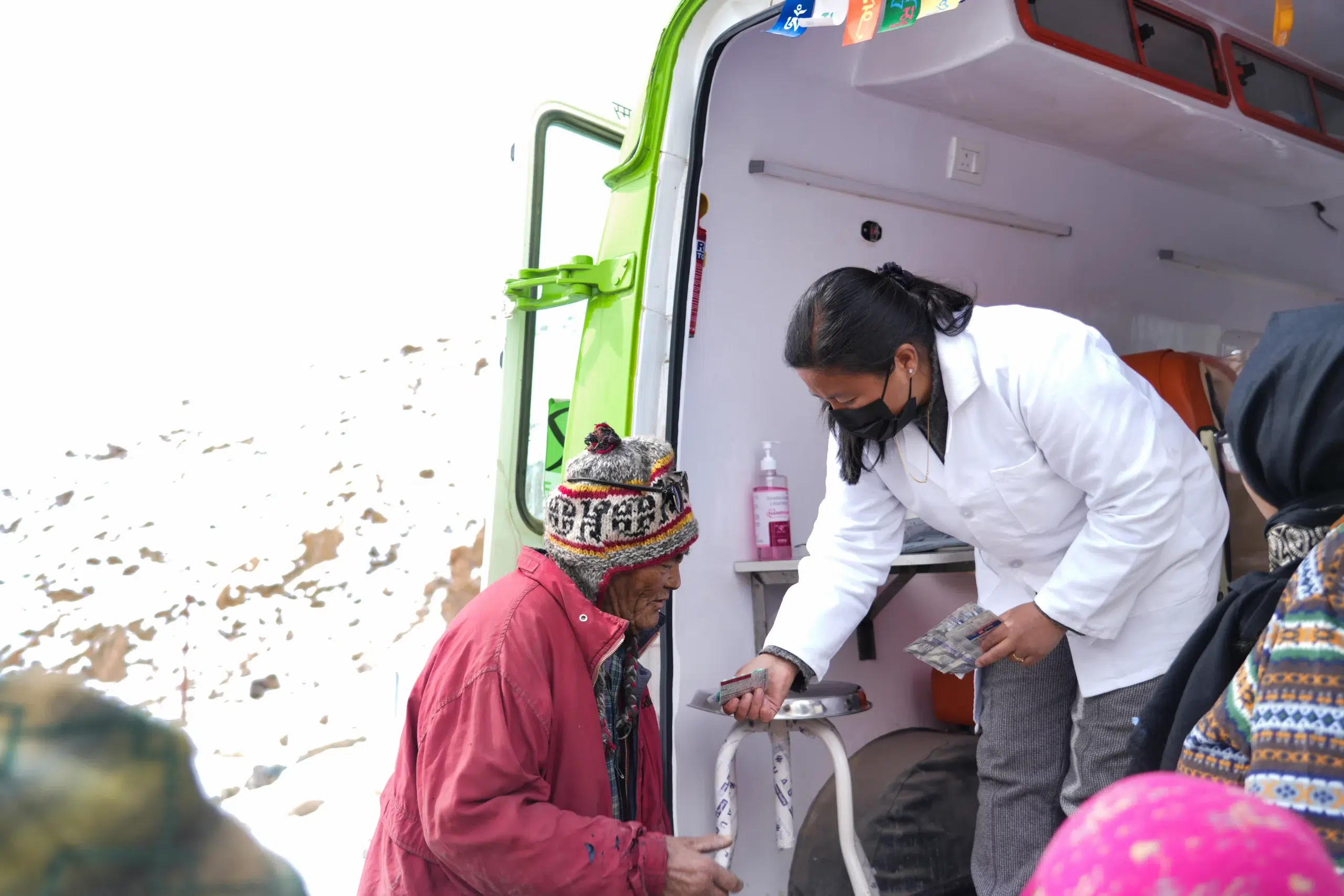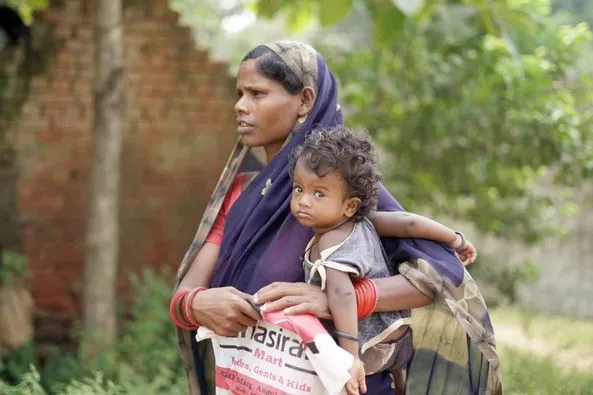Reimagining schools in India is a multi-dimensional but complex process. It involves a deep understanding of the country’s infrastructure challenges, a dedicated effort to bridge the digital divide and a commitment to fostering holistic development and inclusivity.
“Educate a boy, and you educate an individual. Educate a girl, and you educate an entire community,” New York-based architect Diana Kellogg shared with Architectural Digest while discussing the Rajkumari Ratnavati Girls School. Located near the village of Kanoi in Jaisalmer, the school spans 35,600 square metres and serves 400 girls from kindergarten through class 10. Built from local Jaisalmer stone, the sustainable facility provides a comfortable environment for study and play, regardless of extreme weather. In addition to classrooms, the complex features a textile museum, a performance hall, and an exhibition space for artisans, offering students training in traditional arts like weaving and textiles to help preserve these dying crafts.
Paving a way for better infrastructure
This school serves as an exemplary model for reimagining school structures in India, where many institutions struggle with inadequate infrastructure and unequal educational opportunities. Numerous schools in India face significant disparities in resources, facilities, and teaching quality. The Unified District Information System for Education Plus (UDISE+) Report for the 2019-20 year highlighted that 6,000 schools in India lack proper buildings, while 4,417 schools are still under construction. As the educational landscape evolves, it becomes essential to create inclusive environments that address diverse learning needs, including those of children with disabilities. Moreover, schools need to act as community hubs, enhancing engagement from parents and local organisations in the educational process. By addressing these challenges, reimagining schools can bridge existing gaps and ensure that all students, regardless of socioeconomic background, have access to high-quality education.
A notable example of how schools can be reimagined in our country is OSAAT: One School At A Time, a volunteer-led organisation dedicated to reconstructing and modernising schools in rural areas. To date, OSAAT has rebuilt nearly 100 schools across Karnataka, Maharashtra, Andhra Pradesh, Tamil Nadu, Uttar Pradesh, Jharkhand, and Meghalaya and has implemented digital infrastructure in over 60 rural schools.
According to a Times of India article, the initiative was inspired by Vadiraj Bhatt, who, during a visit to his village school in Karnataka, saw firsthand its dilapidated condition—crumbling roofs and unwelcoming student environments. Moved by this experience and motivated by his educational background in a similar government school, Bhatt and his colleagues from Silicon Valley founded OSAAT. Their mission was to rebuild and reconstruct schools, offering a meaningful way to contribute to their communities. Initially, the team raised funds through crowdfunding—Vadiraj organised two mridangam performances in the early 2000s. They utilised the proceeds from these events to support school rebuilding efforts in Karnataka.
Address the foundational issues for reimagining schools
Government schools frequently face severe shortages of essential resources, such as desks, chairs, and blackboards, and often deal with issues like open defecation. A 2021 investigation by the Times of India uncovered troubling conditions at a Government Higher Primary School on the outskirts of Mysore. The only toilet available for the school’s 446 students was deemed unusable. Teachers reported that due to the dilapidated state of the toilet facilities, students resorted to defecating openly. The poor maintenance, inadequate water supply and neglect reflect insufficient attention to school infrastructure and development. When discussing rebuilding schools, it is crucial to address these foundational issues as well.
Going back to OSAAT’s example, their initiatives prioritise creating a healthy and supportive learning environment. Rather than allowing schools to suffer from inadequate amenities and deteriorating infrastructure, OSAAT attempts to undertake comprehensive transformations. They revitalise schools by demolishing the old, unsuitable building and constructing a new facility such that the updated school boasts of modern classrooms with a dedicated toilet block, providing functionality and improved aesthetics and thus ascertaining a better educational experience.
Bridging the digital divide
The COVID-19 pandemic also starkly exposed the deep digital divide between rural and urban areas. While private schools swiftly transitioned to online learning, many rural schools were temporarily shut down due to insufficient digital infrastructure. According to research by the Azim Premji Foundation, nearly 60 per cent of schoolchildren in India lack access to online learning opportunities. Similarly, Oxfam India found that even among students in urban private schools, over half of the parents struggled with internet connectivity issues, and one-third faced challenges affording mobile data.
Bridging this digital divide is crucial for ensuring equitable access to education. In response to this urgent need, several NGOs focused on digital skills have been working to address the gap. OSATT launched ODiSI—OSAAT Digital Infrastructure—to provide laptops for teachers and tablets for students, aiming to level the playing field and enhance educational opportunities regardless of geographical or economic constraints. Meanwhile, Muskaan Dreams, a technology-driven non-profit, also tackled the digital literacy gap through partnerships with state governments. This organisation works to improve digital access, empower educators, and upgrade schools with modern technology and customised educational resources.
Reimagining schools in India is a multi-dimensional but complex process. It involves a deep understanding of the country’s infrastructure challenges, a dedicated effort to bridge the digital divide and a commitment to fostering holistic development and inclusivity. This approach aims to prepare students for the future by creating educational environments that not only deliver quality instruction but also inspire and empower students to realise their full potential. This transformation goes beyond merely updating physical spaces and curricula; it is fundamentally about cultivating an educational culture that values every student and equips them for a successful and thriving future.
Smile Foundation does its part in reimagining schools
In many parts of India, the state of school infrastructure leaves much to be desired. Dilapidated buildings, lack of basic resources like desks and chairs, and inadequate sanitation facilities paint a stark picture of the challenges faced by students and teachers alike. Smile Foundation understands that a lively, conducive learning environment is not just about books and blackboards—it’s about creating spaces that make space for curiosity, growth, and safety.
In partnership with various communities, Smile Foundation has been working towards reimagining schools into hubs of holistic learning. By focusing on foundational infrastructure, we try for schools to be safe, have well-ventilated classrooms, clean and functional toilets, and designated spaces for students to engage in play and extracurricular activities. These changes make schools not just places of learning, but spaces where children can thrive.
Beyond physical spaces, Smile is also addressing the digital divide that many rural schools face. With initiatives aimed at incorporating digital tools and resources into everyday learning, Smile Foundation helps ensure that children in underserved areas have access to the same opportunities as their urban counterparts. Equipping classrooms with computers and tablets, and training teachers to use digital platforms, are all part of a broader mission to prepare students for a fast-changing world.
But it doesn’t stop there. Smile Foundation believes that schools must be lively, engaging environments. Beyond the basics, we advocate for green spaces, playgrounds, and cultural programmes that enrich students’ experiences and support their emotional well-being. Schools that nurture creativity, health, and academic achievement help build a brighter future for every child that walks through their doors.
Through these efforts, Smile Foundation is reimagining what a school can be—a space that not only educates but also empowers children to dream beyond the confines of their circumstances.




